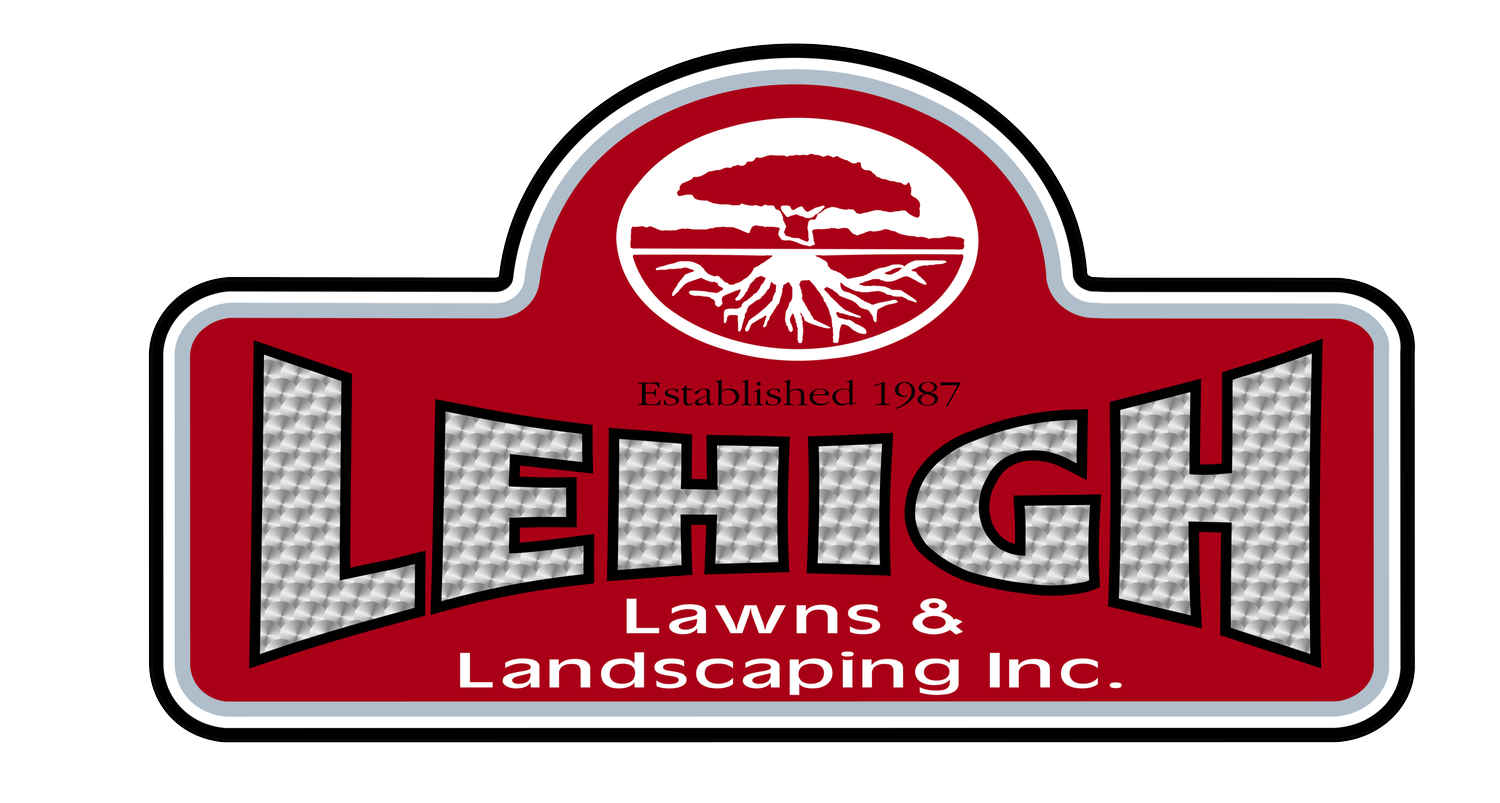How Fertilization Can Jumpstart Your Landscape for Spring In Fishkill, NY and Poughquag, NY
With spring just around the corner, now is the perfect time to start thinking about the upcoming growing season and how to give your lawn and landscape plantings the best chance for growth. Here’s how fertilization can jumpstart your landscape for spring in Fishkill, NY, and Poughquag, NY.
Related: 6 Essential Steps in a Lawn Fertilization Program in Westchester County, NY
First, fertilizer is not “food.” Plants produce food through photosynthesis, and the minerals and nutrients supplied by fertilizer provide the ingredients that allow plants to perform photosynthesis (in a way, fertilizer is like gut bacteria that helps you digest your food; without the right environment, your digestive system would just be a big tube that doesn’t absorb nutrients).
When to Start
Early spring is ideal, as the plants are starting to divert their energy to new growth. Don’t fertilize too early, because fertilizer promotes fast growth which is vulnerable to damage from freezing weather.
What To Do Before Fertilizing
1. Determine whether you need fertilizer. If your landscape is mature and thriving and plants are showing signs of growth, your soil quality is probably good and you will need little or no fertilizer. Poor growth is not always related to low nutrients levels. Fertilizers won’t cure disease, pests, heavily compacted soil, or adverse weather conditions.
2. Test the soil. A successful landscape starts with healthy nutrient-rich soil. Finding out what nutrients are missing is important; otherwise, fertilization could create an imbalance of nutrients.
3. Core aeration and de-thatching the lawn stimulates growth by allowing nutrients, air, and water to get deep into the roots instead of sitting on top of a thick mat of thatch. If trees and smaller plants are struggling, core aeration loosens soil for better water and nutrient absorption.
4. Pull weeds. Otherwise, you’re feeding the weeds along with the plants you want!
5. Remove leaves and debris from plant beds so that fertilizer and mulch can be applied evenly.
What Kind of Fertilizer is Best?
A slow-release granular fertilizer is generally best for all types of plants because it doesn’t give your plants too much, too fast. Fast-release (water-soluble) fertilizers tend to leach out of the soil after the first heavy rain.
How Much Fertilizer Should You Apply?
Every plant has different needs, so there is no perfect answer. Some plants - particularly native species - need less fertilizer than non-natives that aren’t ideally suited for the area.
Always follow the instructions carefully. Too much fertilizer produces excessively fast growth which leads to weak plants. As well, too much won’t absorb effectively and will run off, contaminating local surface and groundwater. Too much is worse than too little, but even a little applied incorrectly can burn tender new growth. Always apply fertilizer in the right amounts at the right time, and follow through with thorough watering.
Is Organic Fertilizer Better?
Natural fertilizers provide a slow release of nitrogen as well as minor nutrients not usually found in chemical fertilizers. They also help improve the structure of the soil. However, they often have a lower concentration of nitrogen, phosphorus, and potassium which means you have to apply more to achieve the same result.
Are “Weed and Feed” Fertilizers Good?
They are good for your lawn, but not for the landscape because they contain herbicides that can damage groundcovers, flowers, vines, shrubs, and trees.
Proper landscape fertilization is quite a science. If you want to spend more time enjoying your landscape, let the pros at Lehigh take care of your landscape. Give us a call today!
Related: The 4 Aspects of Fertilization That Determine Its Success in Poughquag, NY

